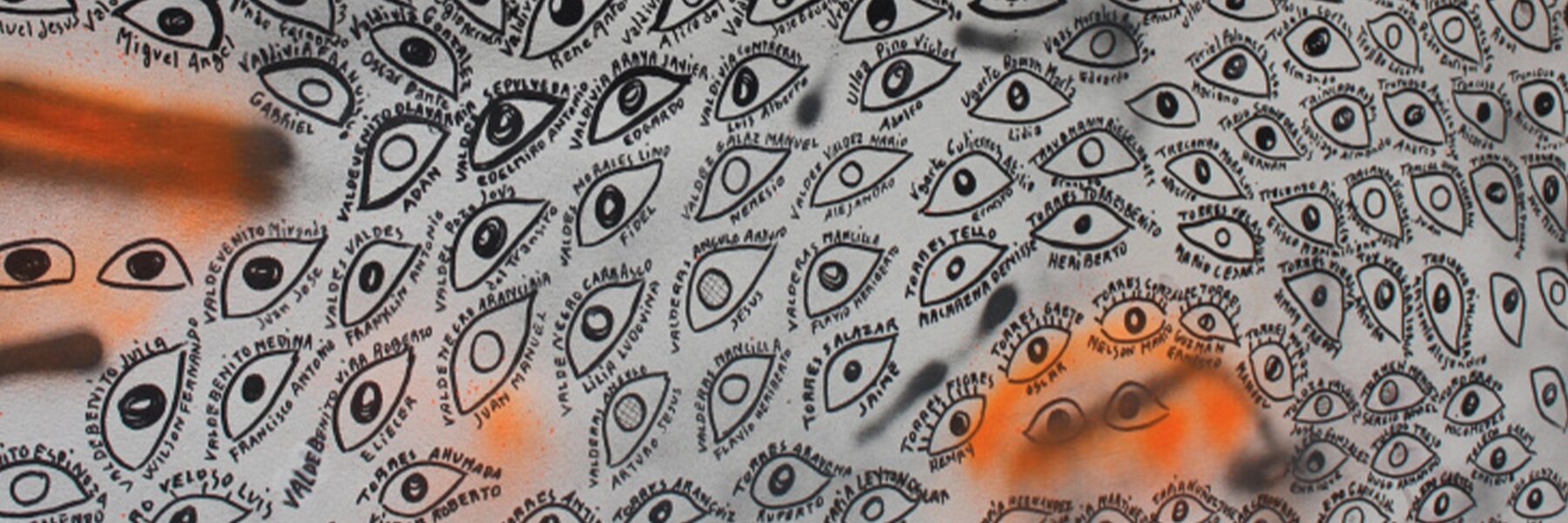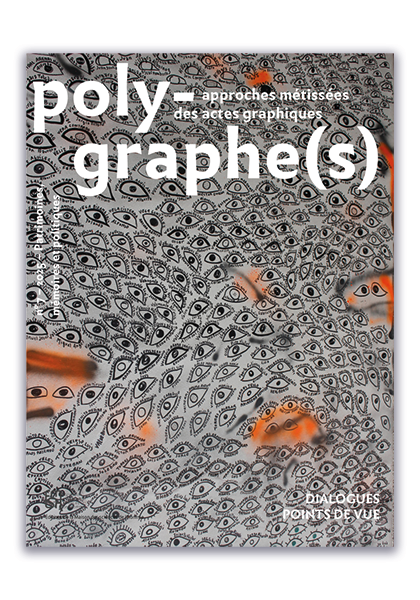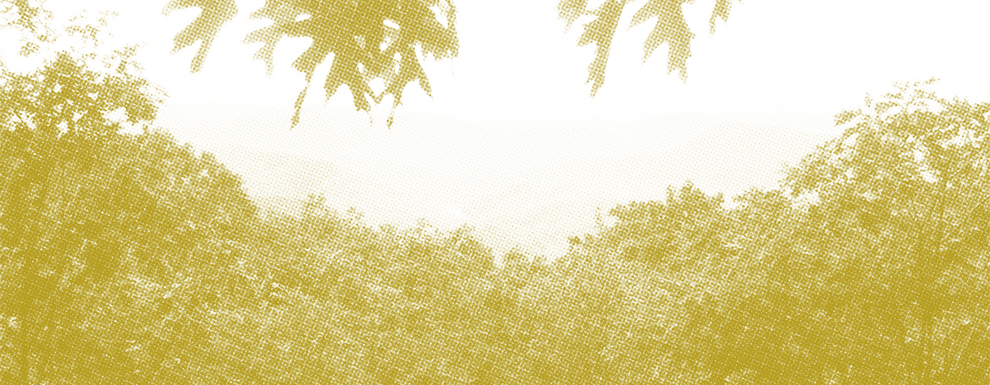Patrimoines, mémoires et politiques
Journal "Polygraphe(s), approche métissée des actes graphiques", n° 7/2025

What links graphic arts to collective memory?
Published at 18 August 2025






